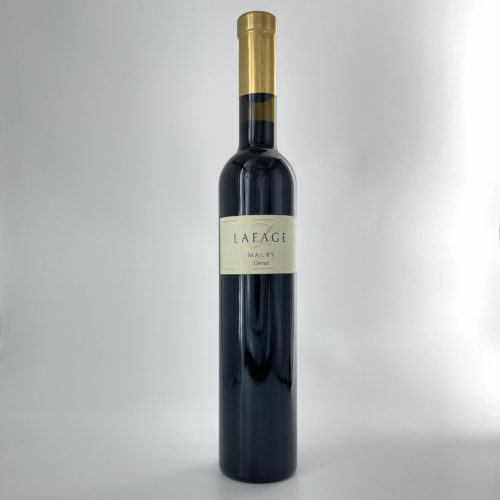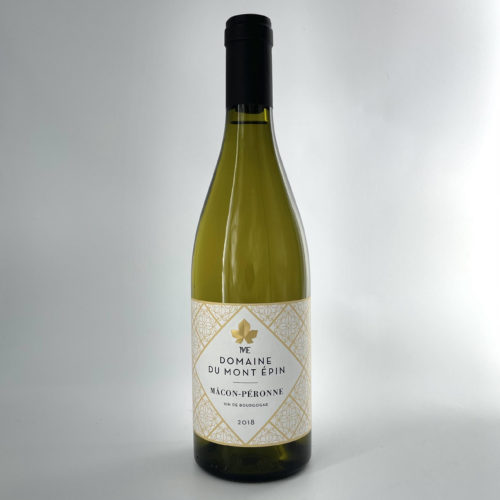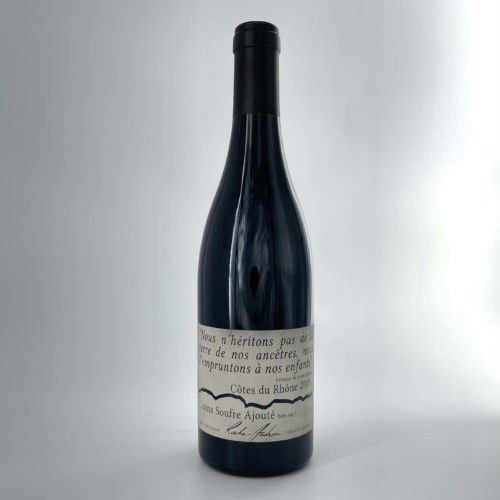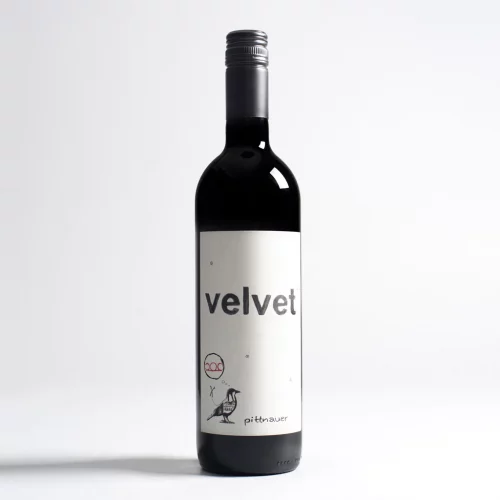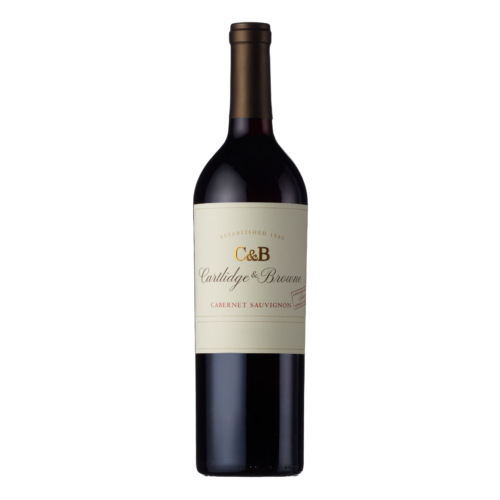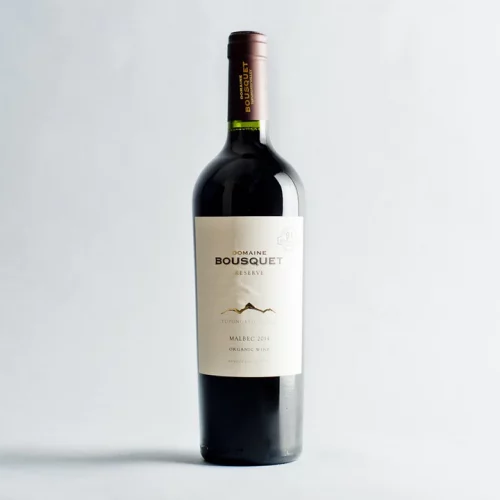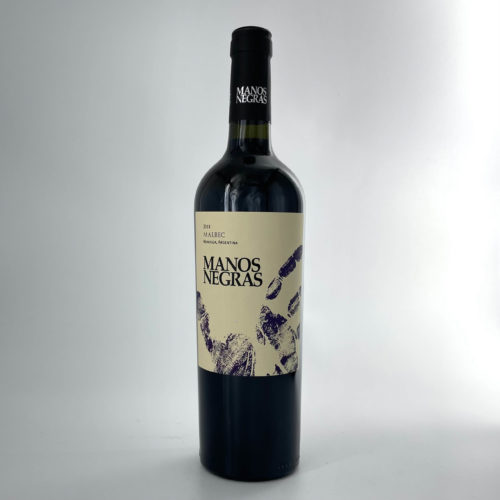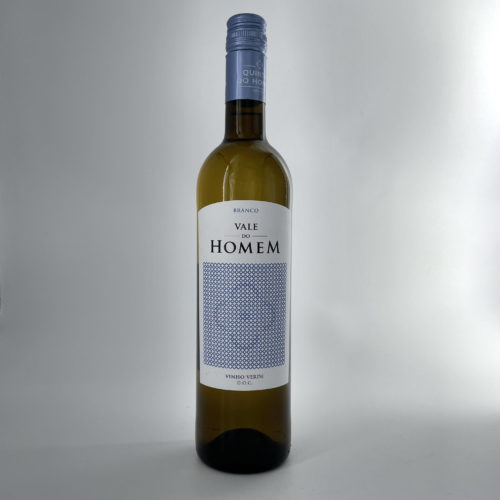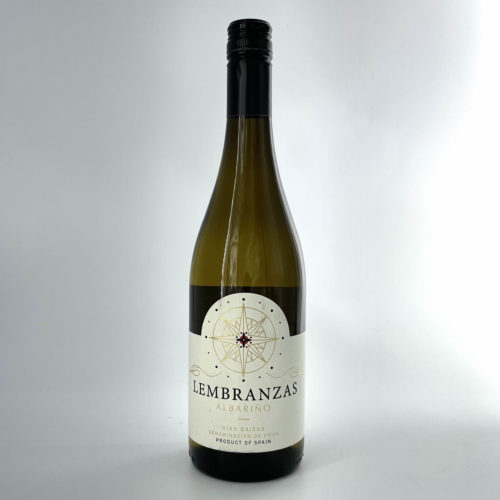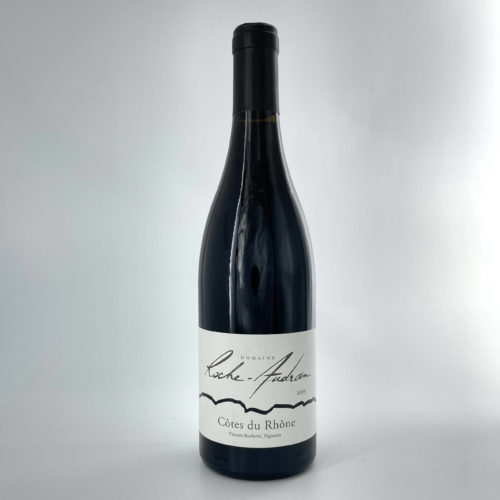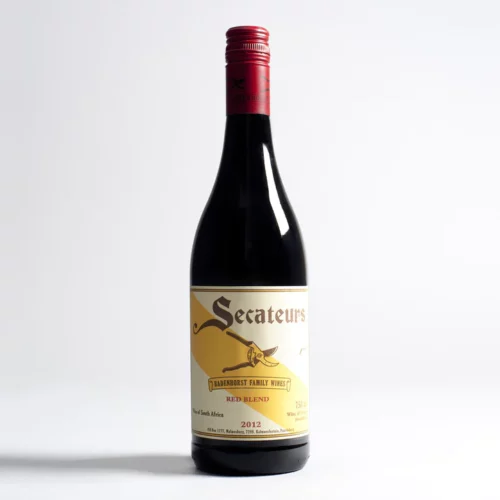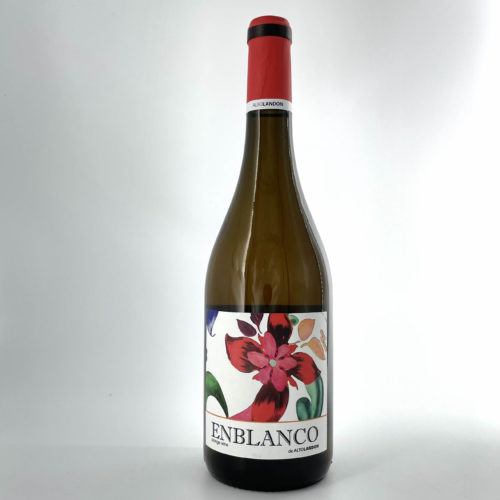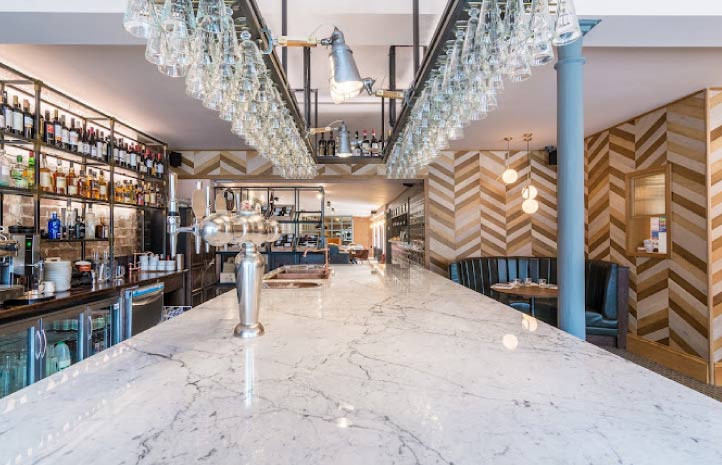Wine
Maury Domaine Lafage, Rousillon, France
Located between the sea and the mountains, half way between Perpignan and the Mediterranean coast, Domaine Lafage is one of our favourite new discoveries. Six generation ‘vignerons’, Jean-Marc and Eliane carry on the Lafage tradition, maintaining their family style of balanced, elegant wines displaying up front fruit. Their hard work has been rewarded with many accolades and medals from the Guide Hachette. What makes their estate particularly interesting is the fact that they grow a wide range of grape varieties (16) and produce an eclectic and varied range of wine styles, from crisp, clean whites to rich, fortified reds
Macon Peronne, Domaine du Mont Epin, Burgundy, France
Richard and Stéphane Martin, the brothers behind Domaine de la Croix-Senaillet produce this wine. After freak weather patterns disrupted their harvest in 2015, they decided to take on two new vineyard sites in nearby Clessé. This allowed them to experiment with a different terroir, as well as expand their range with the incorporation of a number of new wines.
Cotes du Rhone Nature, Domaine Roche-Audran, Southern Rhone, France
Vincent Rochette comes from a long line of grape growers rather than winemakers. In 1998, he bucked that trend by investing in a cellar and the necessary equipment to allow him to vinify his own grapes, which for five generations had been sold to other winemakers in the area. Vincent is an ardent believer in the benefits of biodynamics, fully converting his estate to follow that philosophy in 2006. He uses only natural products in the vineyard and carries out all his work in keeping with the cosmic cycles of the earth, not only among the vines but also in the cellar
Velvet, Pittnauer, Burgenland, Austria
Gerhard Pittnauer is undoubtedly one of the stars of the Austrian winemaking scene, producing a host of powerful reds which showcase the quality of Austria’s indigenous grape varieties. His base in the town of Gols is located in the Burgenland region, famed for the amount of sunlight it receives each year. As a result, Gerhard is able to fashion supple, modern wines that all display his signature, silky soft tannins.
Cabernet Sauvignon, Cartlidge & Browne, North Coast USA
In 1980, the same year Ronald Reagan came to power and JR was shot in ‘Dallas’, with no money to buy vineyards and seeing no reason to, Tony Cartlidge started his winery in an undistinguished Napa Valley garage.
Possibly the original Californian ‘garagiste’ he set out to source the best possible grapes to handcraft his wines in this unassuming home. Nearly 40 years later, still sourcing from vineyards as wide ranging as Sonoma to the Sierra foothills, continuing to produce high quality wines, Cartlidge & Browne has become a byword for varietally pure Californian wines, whilst sticking to their garagiste roots of taking a different path.
Malbec Reserve, Domaine Bousquet, Mendoza, Argentina
The Bousquet family hail from the city of Carcassonne, in the South of France and are 4th generation winemakers. In 1990, they began to explore the idea of leaving behind their vineyard in France to travel and explore opportunities further afield. On one particular trip to Argentina, they fell in love with Mendoza, intrigued by combination of soil variation, altitude and terroir on offer.
In 1997, they took the decision to permanently relocate, buying a parcel of land in the Gualtallary Valley in Tupungato, in the foothills of the Andes. The site is defined by its altitude, with the majority of the vines at around 1,200 metres!
The key objective of the Bousquet family was to unite their tradition of European wine with these unique conditions and produce wines that speak of their terroirs.
Malbec Manos Negras, Uco Valley, Mendoza, Argentina
Alejandro Sejanovich is arguably Argentina’s most knowledgeable viticulturist, working as vineyard director for Bodega Catena Zapata for 16 years, he pioneered high altitude vineyard planting and conducted ground breaking research on Mendoza Malbec clones.
Manos Negras focuses on latitude winemaking, planting Torrontes in the northern stretches of Cadayate in Salta, Pinot Noir in the southern-most region of Neuquen in Patagonia and cultivates 50 year old Malbec vines in the prized Altamira appellation in the Uco Valley.
Quintas do Homem, Vinho Verde, Portugal
Quintas do Homem is one of those estates that immediately captivates you with its charm, its passion and dynamism.
Nuno and his father, Antonio, work the vines of their two vineyards, Quinta do Veiga and Quinta do Paço, where they grow predominately Loureiro and Arinto. Ana, their long term winemaker, is a fierce taskmaster, demanding quality fruit that enables her to deliver the pure, fine and elegant Vinho Verdes that Nuno expects. It’s very much a family exercise with Nuno and his father working the vineyards, Nuno’s mother preparing delicious, traditional Portuguese dishes for visitors and Ana, an adopted family member, making sure the wines are always perfect.
Albarino Lembranzas, Rias Baixas, Spain
The DO of Rías Baixas is renowned for the Albariño grape, a native variety that produces some of the best white wines in Spain if not the world. Situated in the northwestern region of Galicia, the DO was formally established in 1988 and Albariño has always been at the forefront of winemaking grapes for this coastal region. The vines here share the same mineral-rich soils and cool climate as some of the world’s other renowned white wine-producing regions, including France’s Loire Valley, New Zealand, and the Rhine region of Germany.
Cotes du Rhone, Domaine Roche-Audran, Southern Rhone, France
Vincent Rochette comes from a long line of grape growers rather than winemakers. In 1998, he bucked that trend by investing in a cellar and the necessary equipment to allow him to vinify his own grapes, which for five generations had been sold to other winemakers in the area. Vincent is an ardent believer in the benefits of biodynamics, fully converting his estate to follow that philosophy in 2006. He uses only natural products in the vineyard and carries out all his work in keeping with the cosmic cycles of the earth, not only among the vines but also in the cellar
Secateurs, Shiraz
One often hears wine merchants saying that winemakers like to let the wines speak for themselves. Well, Adi’s wines would be lucky to get a word in edgeways! He is a fast-talking, quick-witted, warm-hearted kind of guy who aims to produce wines with bags of personality. If you want to drink wines with soul that were made using gut feel rather than technical recipes, then this is definitely where you should be focusing your attention.
Today, Swartland is among the most exciting up-and-coming wine regions in the world – it’s extremely old bush vines attracting the attention of some of South Africa’s most pioneering winemakers. Adi took over this ancient winery in the Paardeberg district, utilising his 35 hectares of mature, dryfarmed bush vines to produce a range of grapes.
Enblanco de Altolandon, Manchuela, Spain
As the lands starts to rise, inland northwest of Valencia, you will find Roselia Molina heading up Bodegas Altolandon.
The property consists of 120 hectares with the winery resting right in the centre, not only making it aesthetically satisfying but also extremely practical. At 1,100 metres above sea level, the altitude serves to benefit the grapes with large diurnal variations which encourage even ripening and also helping retain their natural acidity. Organic methods are used to manage the vines utilising only natural fertilisers and some green pruning to further guarantee the quality of fruit prior to hand-harvesting. The grapes are vinified as naturally as possible with native yeasts and little other intervention. The wines are then aged in French oak and some in clay amphora to retain purity, but build complexity.

